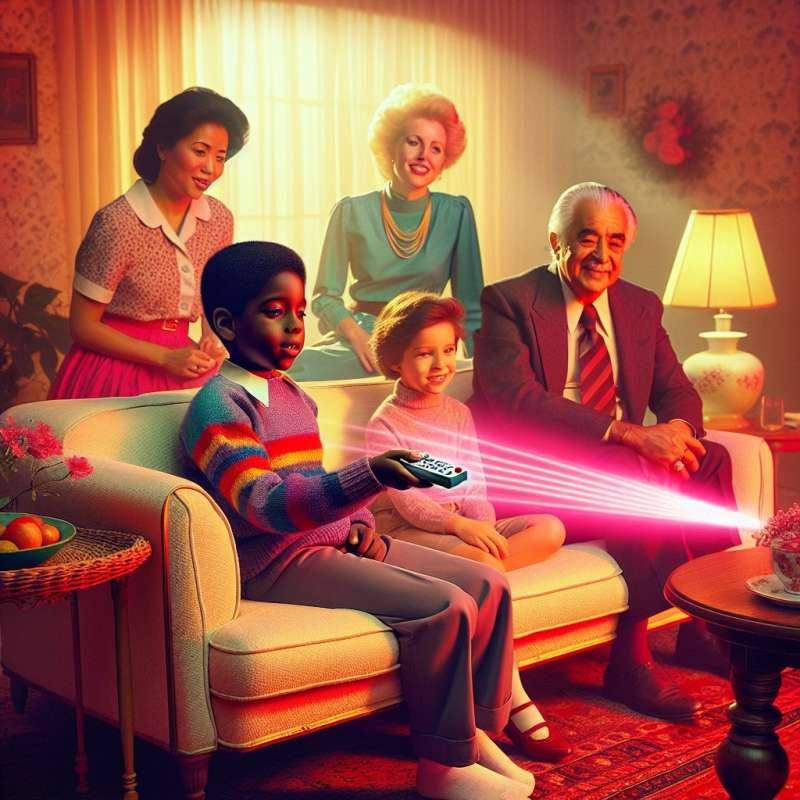
The First Remote Control
In 1950, Zenith Electronics introduced 'Lazy Bones,' the first wired TV remote. It allowed viewers to change channels from their seats, but the connecting cable caused frequent tripping hazards.
Invention of Wireless Remote
Zenith engineer Eugene Polley created the 'Flash-Matic,' the first wireless TV remote in 1955. It operated with photodiodes but depended on direct light and was sensitive to sunlight.
Ultrasonic Remote Emergence
In 1956, Robert Adler's 'Zenith Space Command' replaced the Flash-Matic. It used ultrasonic tones to control the TV, eliminating issues with light sensitivity but sometimes affected by background noise.
Infrared Technology
The 1980s saw the rise of infrared (IR) remotes, which remain standard for modern TV controls. IR remotes were more reliable and could transmit multiple commands, unlike ultrasonic ones.
Programmable Remotes Debut
The first programmable universal remote, introduced by Philips in 1985, could be configured to control multiple devices, simplifying the living room experience and reducing clutter.
Smart Control Evolution
With advancements in technology, remotes now feature voice control, touchscreens, and connectivity to smart home devices. Some can learn from usage patterns, offering a more personalized experience.
Future Remote Innovations
Emerging technologies like gesture recognition, haptic feedback, and biometric identification may revolutionize how we interact with our devices, pushing the boundaries of universal remote capabilities.
When was the 'Lazy Bones' introduced?
1955, by Zenith Electronics
1950, by Zenith Electronics
1980, initiating IR technology
Company